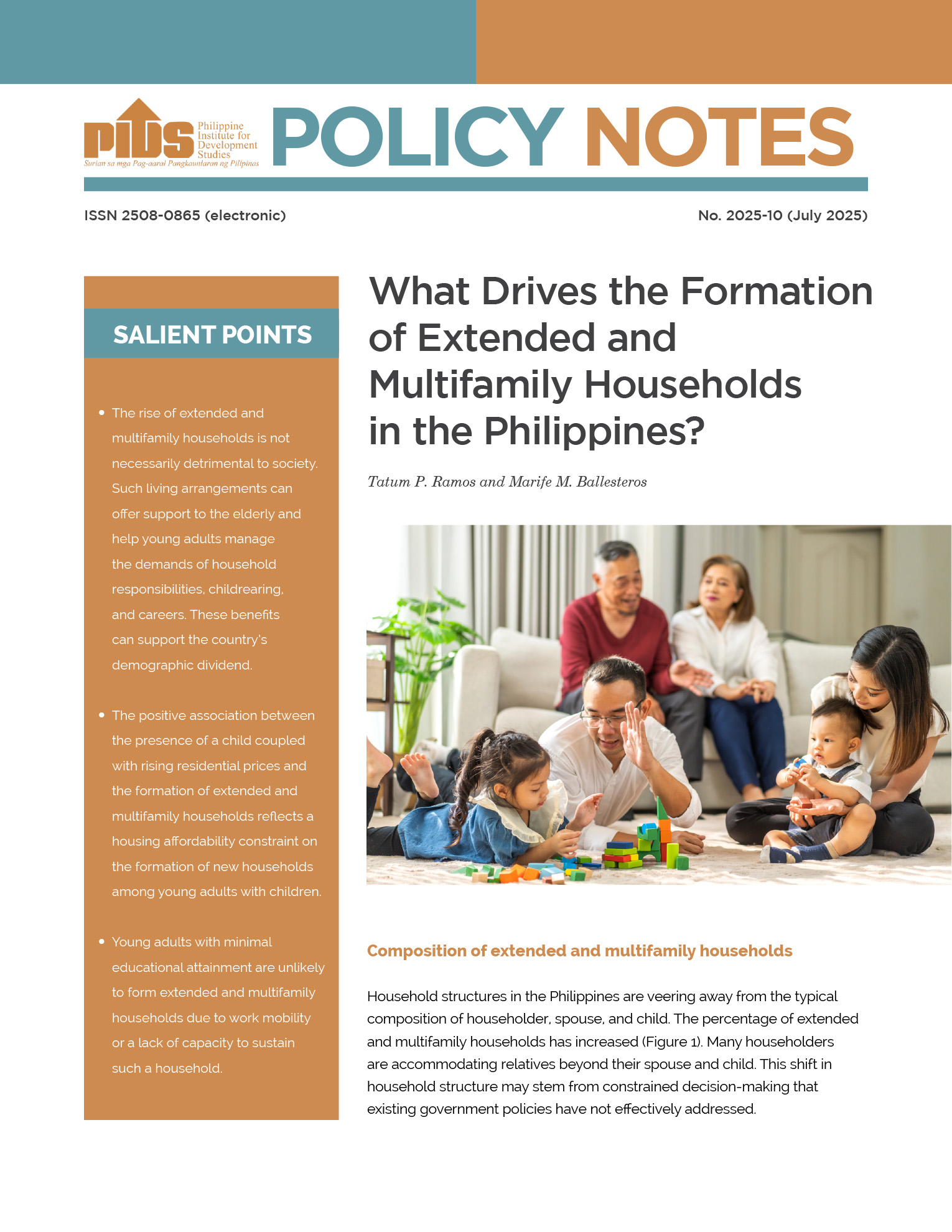The creation of a separate entity to function as a port regulator could bring down the cost of logistics in the country, according to the Philippine Institute for Development Studies (PIDS).
In a policy note, titled “Regulatory Challenges in the Philippine logistics industry,” PIDS Research Consultant Jose L. Tongzon said the country currently has the highest logistics cost among Asean members.
This was among the reasons the Philippines lagged behind its Asean-5 neighbors in the World Bank’s Logistics Performance Index (LPI), where it ranked 71st out of 160 countries.
“Currently, the PPA [Philippine Port Authority] functions as both regulator and operator of the relevant logistics nodes in the supply chain. This not only stifles inter-port competition within the country, but could also lead to higher costs and inefficiency,” Tongzon said.
“To improve the situation, this study recommends the establishment of one separate entity in charge solely of port regulation,” he added.
Apart from this, Tongzon urged the government to encourage more competition among ports by allowing more private-sector participation in port operations.
He said this can be done by granting concession agreements through build-operate-transfer or lease agreements.
Tongzon said once the lease expires, the port operations are turned over—free of charge—to the government.
“Under this setup, the PPA and CPA [Cebu Ports Authority] may grant to the private concessionaires the right to finance, build and operate a terminal or parts of a port operation for a limited period of time,” he added.
Tongzon said that international studies found links between poor regulation and high costs. Poor regulation leads to post inefficiency that then leads to high costs.
He added that all ports in the Philippines are under the PPA, except for the Port of Cebu, which is under the CPA. Both agencies are regulators and port operators.
As such, the PPA and CPA get a share of port revenues, which poses conflicts of interest. In the case of the PPA, it has a share of cargo handling revenues as stated in the Letter of Instruction 1005-A.
“The PPA and the CPA may tend to approve any rate or charge increases applied by the terminal operators and formulate policies and regulations that may be beneficial to the terminal operators, but could be detrimental to the interest of the logistics services providers and shippers,” Tongzon said.
Further, he added “excessive fees” worsen the situation for logistics firms and, ultimately, overall logistics performance, according to the Maritime Industry Authority (MIA).
He said the high costs are linked to the lack of economies of scale, inadequate port infrastructure, and lack of competition in the coastal shipping market due to cabotage.
Tongzon also said there is a inadequate road transport networks, which leads to congestion; high cost of port operations; and inadequate investments from the private sector.
“In terms of the lack of competition, for instance, the local market for shipping has yet to fully open to foreign shipping operators. In fact, only domestic ships are currently allowed to make port-to- port calls within the country, thus, constraining the flow of cargoes throughout the logistics chain,” Tongzon said.
In the third quarter of 2017, the Philippine Statistics Authority (PSA) reported that the total value of domestic trade reached P153.99 billion. It increased by 3.3 percent, from P149.14 billion posted in the same quarter of 2016.
About 99.85 percent of the total value commodities that flow in the country was traded by means of water and the remaining 0.15 percent, through air.
In terms of international trade, PSA data showed the country’s total external trade in goods in January 2018 reached $13.75 billion, posting a positive growth of 7 percent, from $12.85 billion registered during the same month in 2017.
Total exports grew by 0.5 percent to $5.22 billion in January 2018, from $5.19 billion in January 2017, while imports increased by 11.4 percent to $8.54 billion in January 2018, from $7.67 billion in January 2017.












